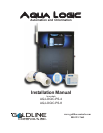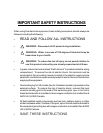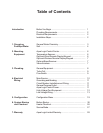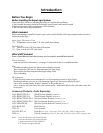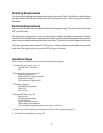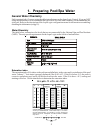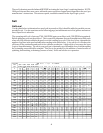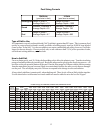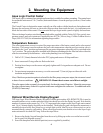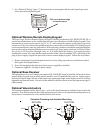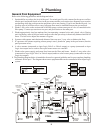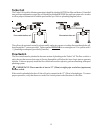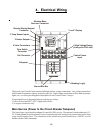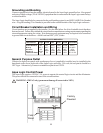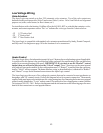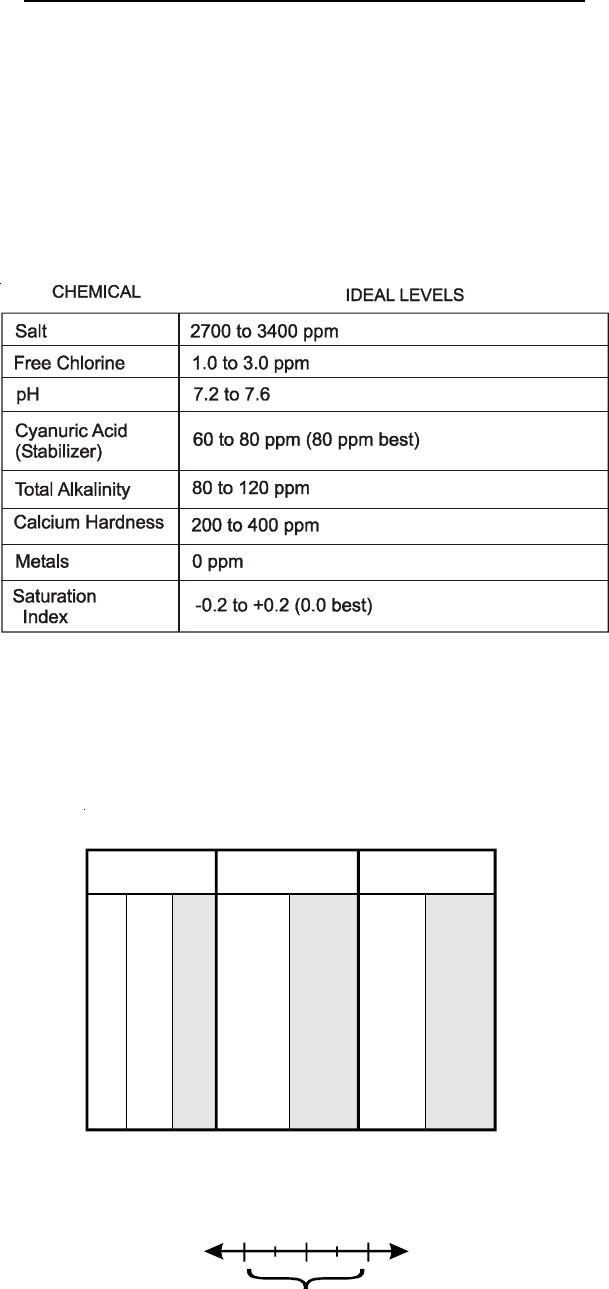
ºC ºF
Ti
Calcuim
Hardness
Ci
Total
Alkalinity
Ai
53
60
66
76
84
94
103
12
16
19
24
29
34
39
.3
.4
.5
.6
.7
.8
.9
How to use: Measure pool pH, temperature, calcium hardness,
and total alkalinity. Use the chart above to determine Ti, Ci,and
Ai from your measurements. Insert values of pH, Ti, Ci and Ai
into the above equation. If Si equals .2 or more, scaling and
staining may occur. If Si equals -.2 or less corrosion or irritation
may occur.
Si = pH + Ti + Ci + Ai - 12.
1
-.2
0.2
CORROSIVE SCALING
75 75
100 100
125 125
150 150
200 200
250 250
300 300
400 400
600 600
800 800
1.5 1.9
1.6 2.0
1.7 2.1
1.8 2.2
1.9 2.3
2.0 2.4
2.1 2.5
2.2 2.6
2.4 2.8
2.5 2.9
OK
1. Preparing Pool/Spa Water
General Water Chemistry
Salt is required only if you are using the chlorinator features on the Aqua Logic Control. If you are NOT
using the chlorinator, it is recommended that you follow all of the other chemistry recommendations be-
sides salt. Refer to the description of the Aqua Logic configuration menu for information on enabling/
disabling the chlorinator (see pg 19).
Water Chemistry
The table below summarizes the levels that are recommended by the National Spa and Pool Institute
(NSPI). The only special requirements for the Aqua Logic are the salt level and stabilizer.
Saturation index
The saturation index (Si) relates to the calcium and alkalinity in the water and is an indicator of the pool
water “balance”. Your water is properly balanced if the Si is 0 ±0.2. If the Si is below -0.2, the water is
corrosive and plaster pool walls will be dissolved into the water. If the Si is above +0.2, scaling and
staining will occur. Use the chart below to determine the saturation index.
3



